While the Natural History Museum’s collections are an invaluable scientific resource, the Museum has to reassert its position as a leading scientific voice in the discussions on the future of our planet and climate emergency.


In this new phase the Museum needs an identity to activate engagement with both existing and new audiences in everything that it does. Pentagram and Nomad combined to bring both deep cultural experience and digital first thinking to help deliver this bold ambition.
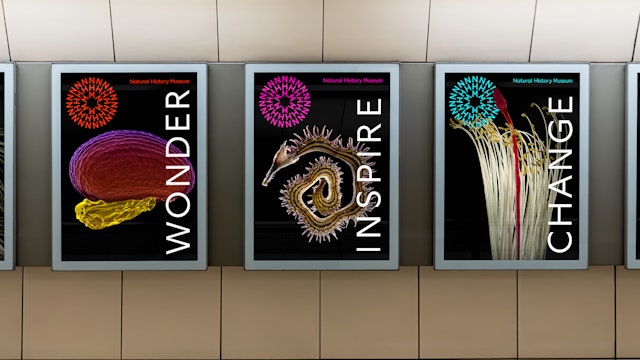
The team created a mindset shift from passive catalogue to active catalyst, creating advocates for the planet. More than a Museum, more than history, a pioneer in science and advocacy at a crucial inflection point in time.
The Natural History Museum needed a symbol that made reference to our planet and the universal connection between everything in nature. It features a circular formation of NHM, representing the energy of a ripple effect, which pulsates from the centre to form a three-colour sunburst.
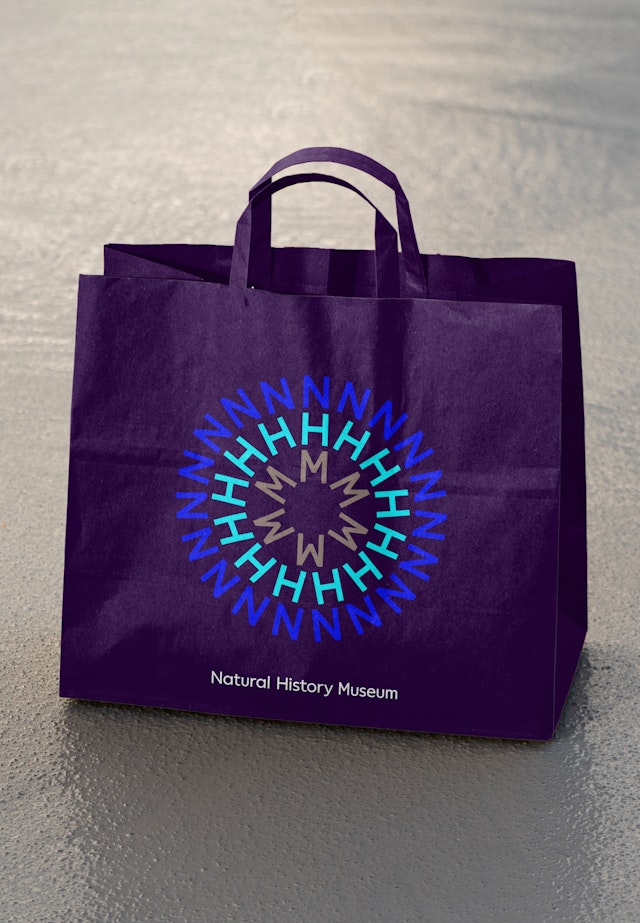
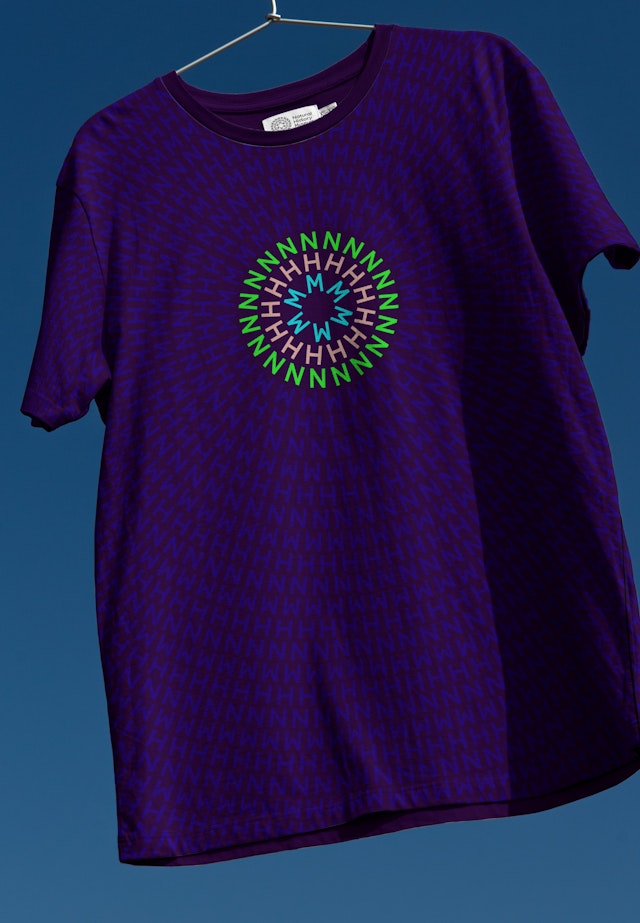
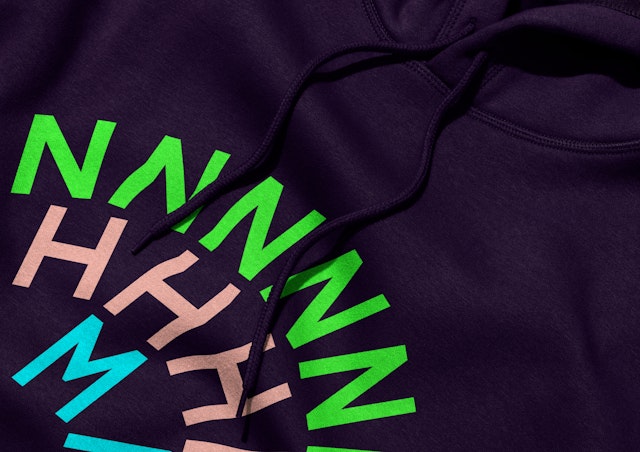
The brand palette has a broad and energetic combination of colours, to reflect the diversity in nature and life and invites audiences of all backgrounds and origins to participate and enjoy its activities.



Circular patterns and Word Rings have a strong connection to the symbol. They can be static or moving and are the visual representation of a catalyst.




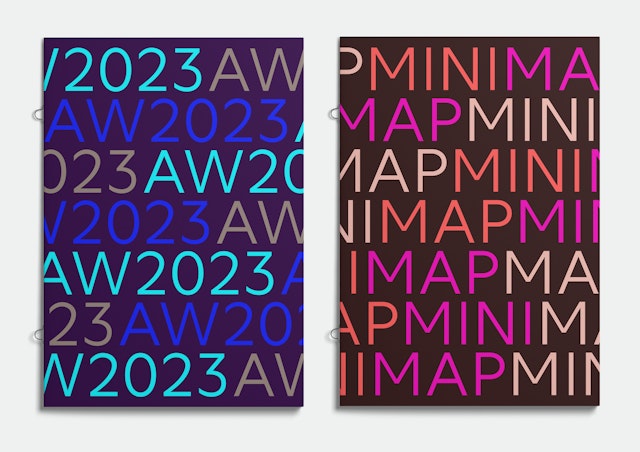

Motion features strongly throughout the identity, taking inspiration from nature and bringing the Museum’s brand to life, and when applied to the new logo, the movement helps it become instantly recognisable. Full of energy, dynamism and momentum, the motion channels four nature-inspired routes.
The UK’s most-visited indoor attraction in 2021 and 2022, London’s Natural History Museum houses over 80 million items across a wide range of natural history disciplines. With its main museum based in the iconic building in South Kensington, every year it offers millions of visitors the chance to uncover the history of life on Earth, from the smallest insects to the largest mammals. It houses specimens collected by Charles Darwin, a huge collection of dinosaur skeletons and one of the largest specimens of blue whales ever displayed. As well as its extensive collections, It produces hugely popular touring exhibitions and is recognised globally as the pre-eminent centre of research into natural history and its related fields.
While the Museum’s collections are an invaluable scientific resource, the Museum has to reassert its position as a leading scientific voice in the discussions on the future of our planet and climate emergency.
As it approaches its 150th birthday, its vision is of a future where both people and the planet thrive. In this new phase the Museum needs an identity to activate engagement with both existing and new audiences in everything that it does. From research to entertainment, education and activism.
Pentagram and Nomad combined as one team to bring both deep cultural experience and digital-first thinking to help deliver this bold ambition. After winning the creative pitch against 270 agencies, they worked to interpret the brand strategy developed by Heavenly.
The team created a mindset shift from passive catalogue to active catalyst—creating advocates for the planet. More than museum, more than history, a pioneer in science and advocacy, at a crucial inflection point in time.
The Natural History Museum needed a symbol that made reference to our planet and the universal connection between everything in nature. The symbol features a circular formation of NHM, representing the energy of a ripple effect, which pulsates from the centre to form a three-colour sunburst. It’s a shape born from nature— embodying the collective energy and positivity that reflects the Museum’s mission to become an agent for change.
The team also defined the brand logic with the symbol working in combination for all of the museum sites, including South Kensington, Tring and Harwell. The initials NHM can connect to the long-form name in different compositions for various museum locations and parts of the offer.
The brand palette has a broad and energetic combination of colours, to reflect the diversity in nature and life and invites audiences of all backgrounds and origins to participate and enjoy its activities.
Circular patterns and Word Rings have a strong connection to the symbol. They can be static or moving and are the visual representation of a catalyst. They can move, grow, expand, change form and communicate, creating an instantly recognisable element that brings colour and energy. Word Rings feature contextual words in circles and can be used with images or as text-only. For easy creation of Patterns and Word Rings, the team created a generator, a tool that can be used to design both static and motion outputs through coding, making it easy for all designers working with the brand to keep consistency as well as flexibility.
The new typeface NHM Wallop (a custom version of Displaay Type Foundry’s Wallop) is friendly, straightforward and confident to reflect a brand that is accessible and inclusive.
Motion features strongly throughout the identity, taking inspiration from nature and bringing the Museum’s brand to life, and when applied to the new logo, the movement helps it become instantly recognisable. Full of energy, dynamism and momentum, the motion channels four nature-inspired routes: Ripple, Grow, Pulsate and Orbit. A series of sound-reactive animations also add a joyful and expressive element and celebrate the creatures that everyone loves.
The Natural History Museum is at an unprecedented point in its 150-year history. While it has always been a committed champion of the natural world, its aim is now to look deeper into the planet’s past and present to help shape a new future. Pentagram and Nomad’s new identity will help it in its mission to do more and go further, fighting the climate emergency and turning audiences into advocates for the planet.
Pentagram Partner
Marina Willer
Nomad Partner
Stuart Watson
Image credits:
Viktor Sýkora
NHM Image / Trustees of the Natural History Museum
Office
- London
Partner
Project team
- Marina Willer
- Stuart Watson (Nomad)
- Cleber de Campos
- Stuart Gough
- Kate Blewett
- Marta Gaspar
- Hamlet Auyeung
- Rita Desport
- Natalia Witwicka
- Charlotte Harmsworth
- John Grant
- Nathan Monaghan (Nomad)
- Tom Gould (Nomad)
- Ash Watkins (Nomad)
- Marion Bisserier (Nomad)
Collaborators
- Heavenly (strategy)
- Mat Hil (coding)
- Patrick Giasson (typographer)
